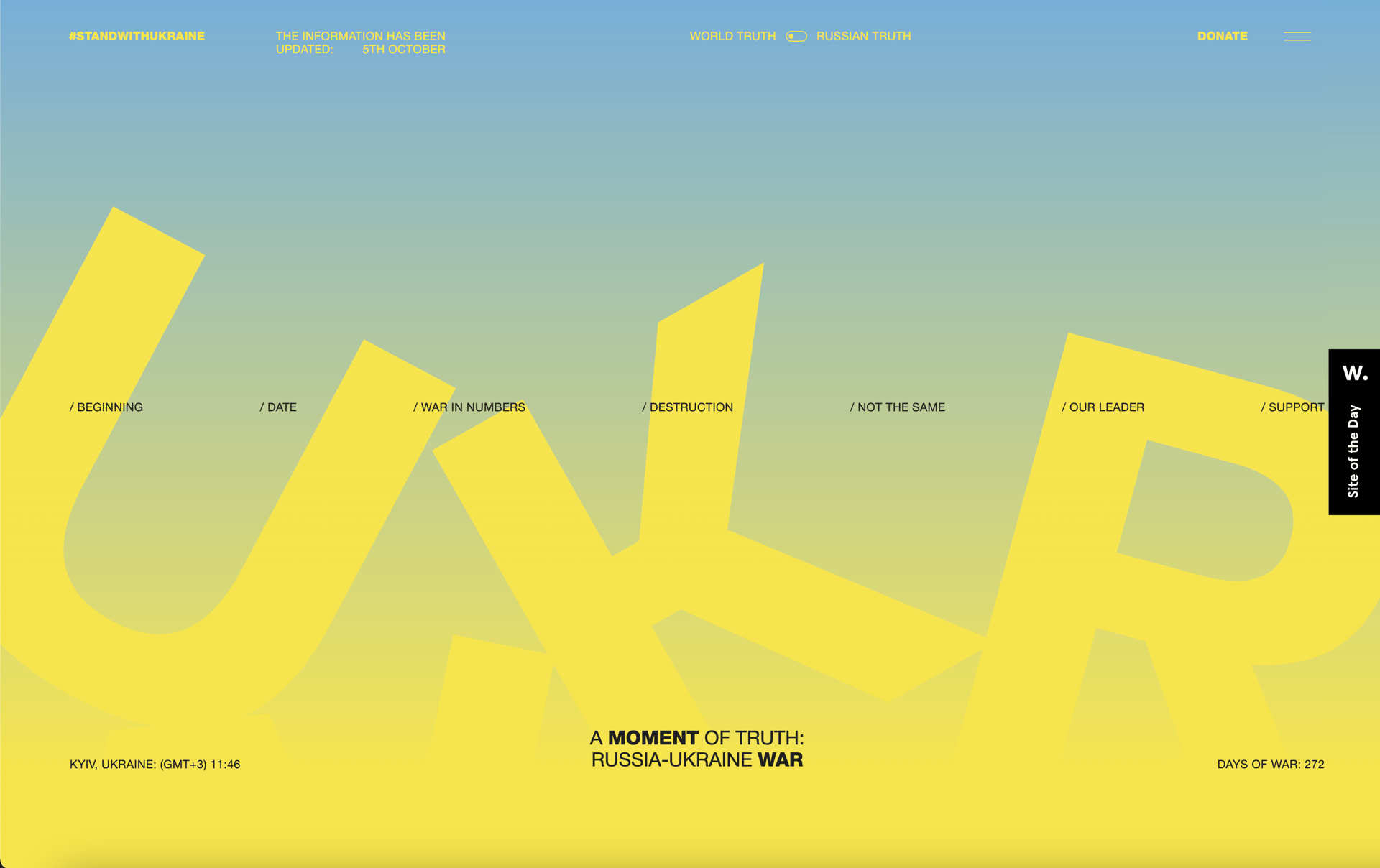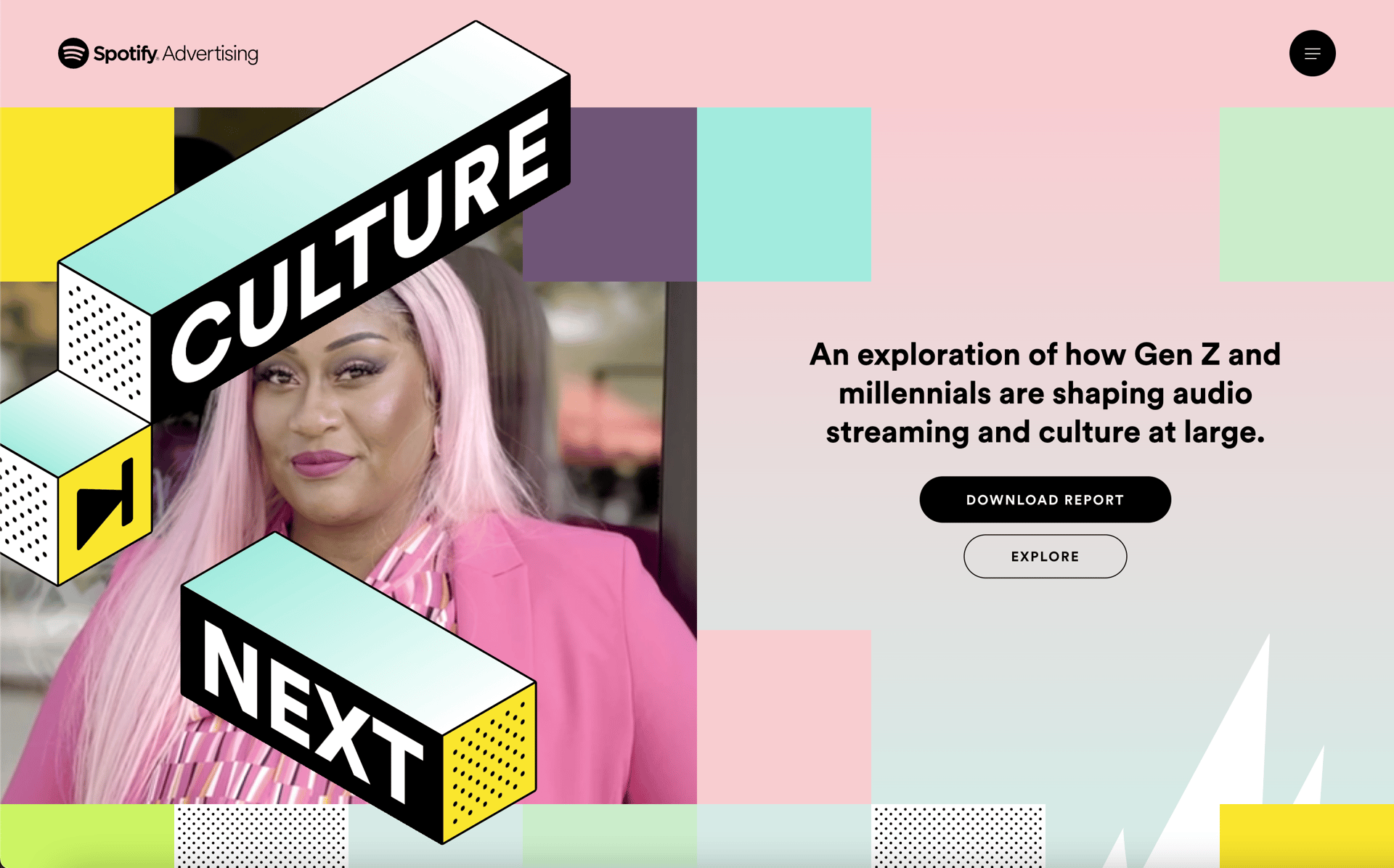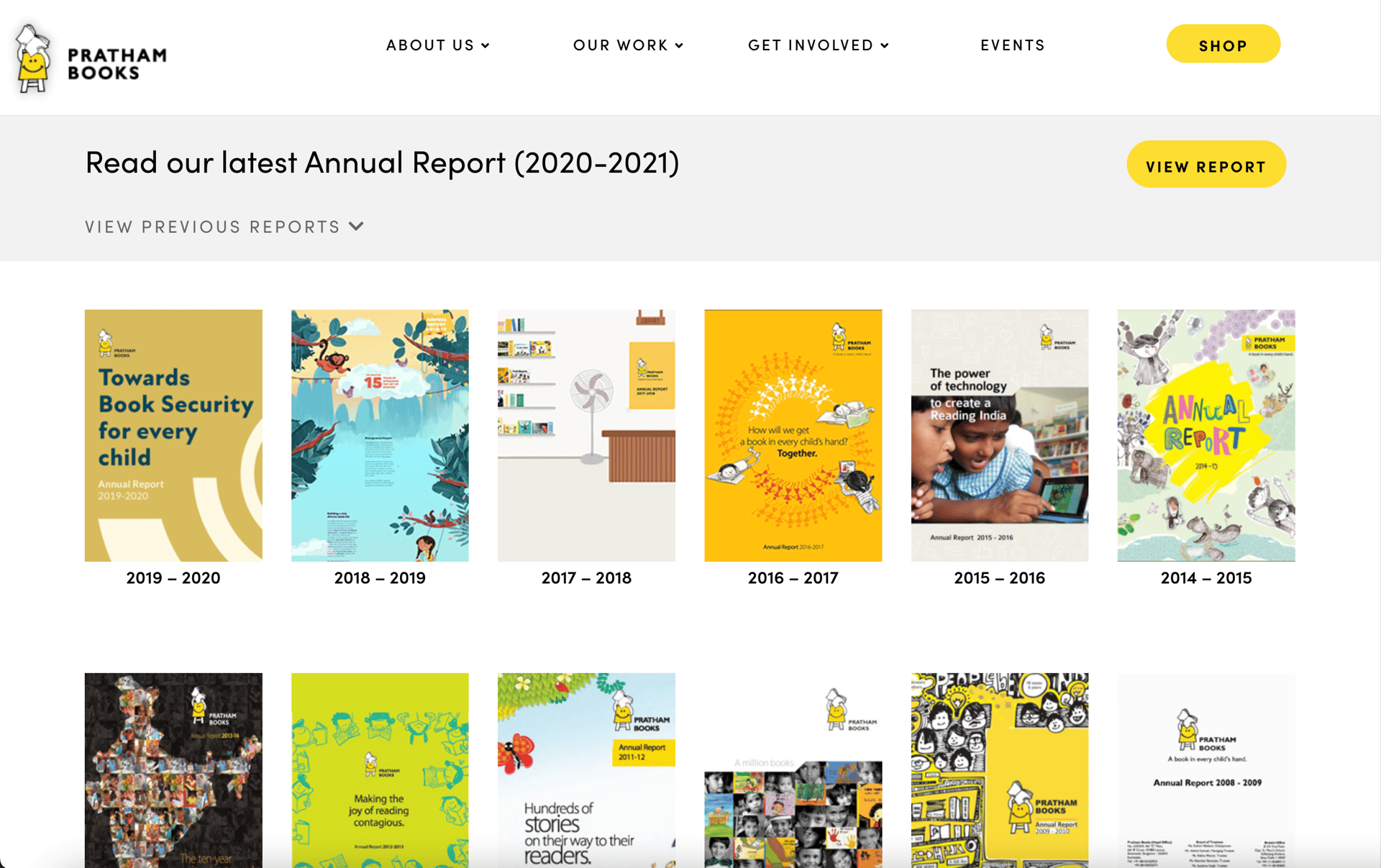Unlike traditional printed or static PDFs, interactive reports provide a more engaging user experience and can convey complex data in a dynamic, user-friendly format. They also allow a more unique narrative to be told about your brand.
Unlike traditional printed or static PDFs, interactive reports provide a more engaging user experience and can convey complex data in a dynamic, user-friendly format. They also allow a more unique narrative to be told about your brand.










